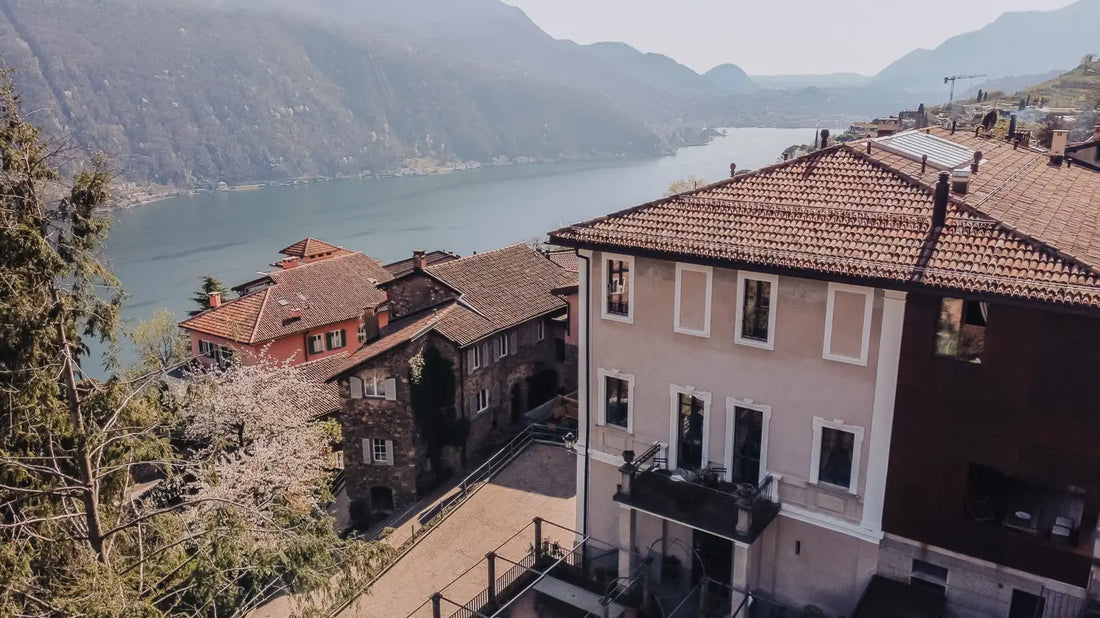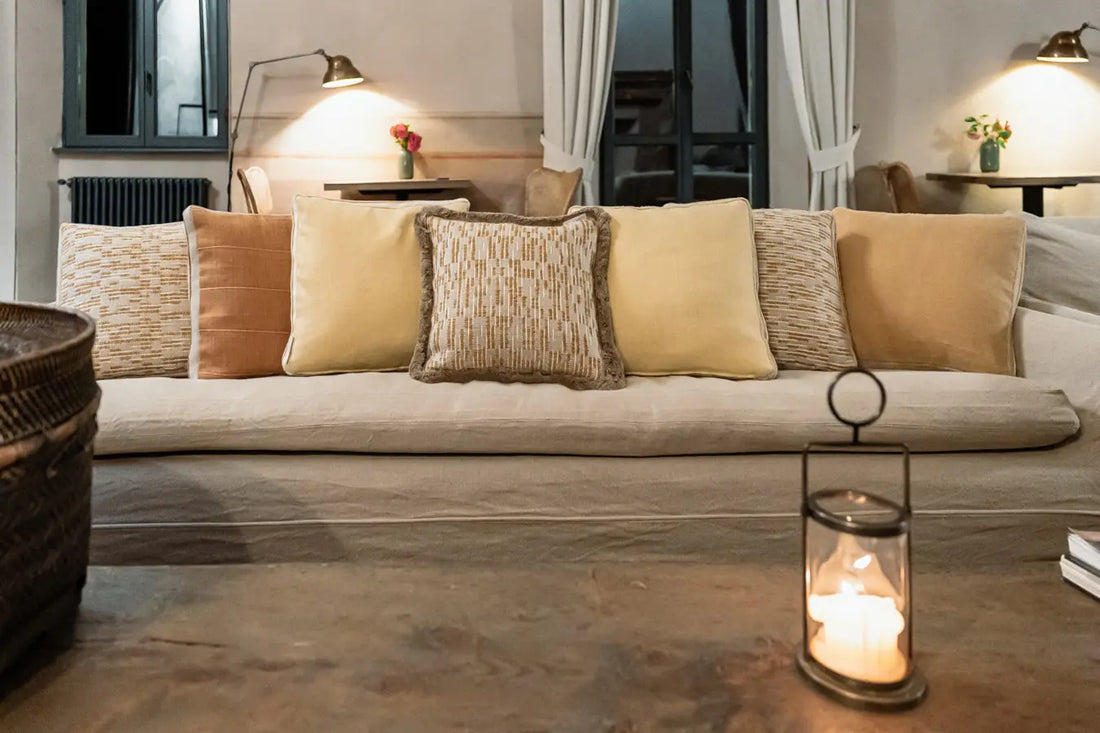Interior Design im Wandel – von Trendzyklen zu langlebigem Stil
Innenarchitektur ist weit mehr als reine Dekoration – sie spiegelt gesellschaftliche Entwicklungen, technologische Innovationen und neue Lebenskonzepte wider. Wo früher schnelllebige Trends dominierten, steht heute Wohlbefinden, Nachhaltigkeit und persönliche Ausdruckskraft im Mittelpunkt.
2025 geht es nicht mehr um das „höher, schneller, neuer“ – sondern um Räume mit Substanz, Atmosphäre und Zukunft. Der Fokus liegt auf langlebigen Materialien, warmen Farben und einer klaren Handschrift: Design, das bleibt.
Was 2025 den Ton angibt: Die wichtigsten Interior Trends
1. Naturtöne & organische Materialien
Die sterile weiße Wohnung hat ausgedient. Stattdessen erleben erdige Nuancen wie Terracotta, Taupe, Salbeigrün oder Sandbeige ihr Comeback. Sie bringen Ruhe, Tiefe und Wohnlichkeit in den Raum – ob im Schlafzimmer, in der Hotellobby oder auf der Terrasse.
Passend dazu im Fokus:
- unbehandeltes Holz
- Leinen & Wolle
- Keramik, Ton & Stein
- handgewebte Teppiche und hochwertige Outdoor-Textilien
2. Hybrid-Wohnen – Räume für mehrere Zwecke
Homeoffice, Rückzugsort, kreativer Raum, Lounge – Wohnen wird flexibler. Design passt sich an:
- modulare Möbel & flexible Grundrisse
- multifunktionale Räume (z. B. Wohnzimmer mit Arbeitsnische)
- textile Zonierung durch Teppiche und Kissen
- clevere Stauraum- & Lichtlösungen
3. Zeitlos trifft zeitgemäß: Klassik modern gedacht
Vintage & Moderne verschmelzen:
- Antike Teppiche unter klaren Sofas
- Stuck & Wandvertäfelung neben modernen Lampen
- klassische Tischformen in neuer Interpretation
Das Ziel: Individualität statt Einheitstrend.
4. Unsichtbare Technik – smarter wohnen
2025 ist Technik leise integriert statt sichtbar dominiert:
- smarte Beleuchtung & dimmbare LEDs
- unsichtbare Ladestationen
- automatisierte Beschattung
- energieeffiziente Systeme in zurückhaltendem Design
Das Interieur bleibt wohnlich, nicht technisch überladen.
5. Nachhaltigkeit ist Standard, nicht Zusatz
Fast Furniture verliert an Bedeutung. Gefragt sind:
- Möbel aus recyceltem oder zertifiziertem Holz
- langlebige Wohntextilien & Naturfasern
- handgefertigte Kissen, Decken & Teppiche statt Massenware
- energieeffiziente Geräte & bewusste Materialwahl
Design wird zur Haltung: zeitlos, langlebig, verantwortungsvoll.
So setzt du die Interior-Trends 2025 stilvoll um
Farben dosiert einsetzen
Starte mit Kissen, Decken oder Teppichen in Naturtönen.
Beige & Oliv statt Schwarz-Weiß. Warmes Grau statt reinem Weiß.
Kombiniere unterschiedliche Texturen für Tiefe – z. B. Wolle auf Leinen.
Lieber aufbauen als austauschen
- Bestehendes neu kombinieren
- Wände streichen statt Möbel ersetzen
- Vintage mit Modernem mischen
- Outdoor-Bereich mit hochwertigen Design-Kissen & Decken aufwerten
Licht als Gestaltungselement
- Dimmbare Stehlampen mit Struktur
- indirektes Licht statt Spots
- Deckenleuchten mit Charakter statt Standard
- Tageslicht bewusst nutzen
Weniger, aber bewusster dekorieren
- Handgefertigte Schalen
- natürliche Wohnaccessoires
- Statement-Teppiche oder reduzierte Möbel mit Geschichte
Fazit: 2025 wird persönlich, natürlich & stilvoll
Interior Design wird zur Reflexion unserer Haltung:
Langlebig statt laut. Persönlich statt beliebig. Elegant statt exzentrisch.
Ob du mit Naturfarben akzentuierst, in hochwertige Wohntextilien investierst oder den Outdoor-Bereich in ein zweites Wohnzimmer verwandelst – Zeitlosigkeit ist der neue Luxus.





